#Knole Park
Text
Deer photography @ Knole Park, Sevenoaks

#knole park#stag#deer#deer photography#kent#Kentish countryside#autumn#autumnal#nature#kate lake photography#kate lake
2 notes
·
View notes
Text
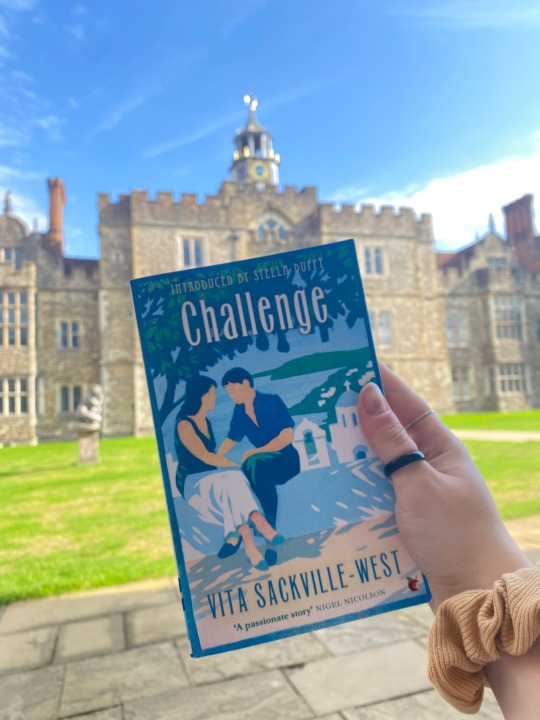
#vita sackville-west#vita sackville west#challenge#book#books#book tumblr#lesbian literature#knole#knole house#knole park#historical sapphists#idylesaphique#bookblr
1 note
·
View note
Text
Knole Park, Sevenoaks with the iPhone
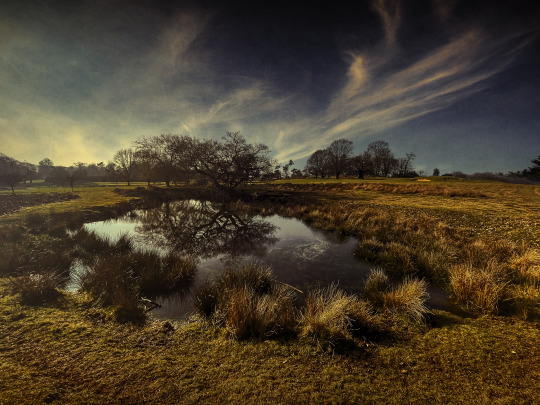
View On WordPress
0 notes
Text
Knole House (NT), Kent
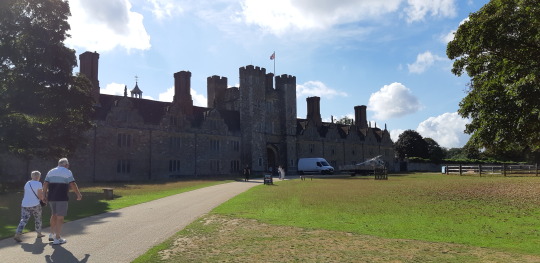

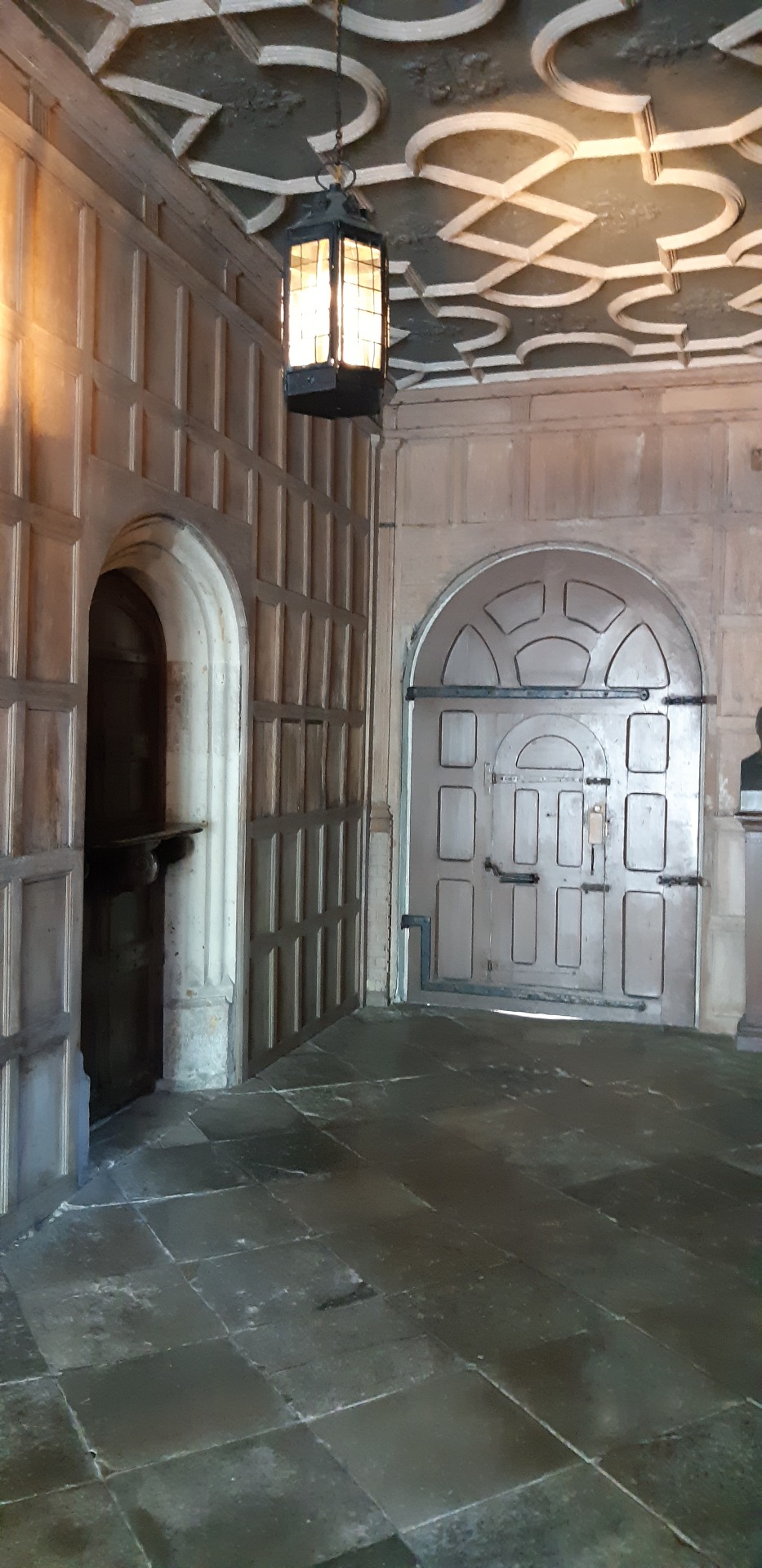

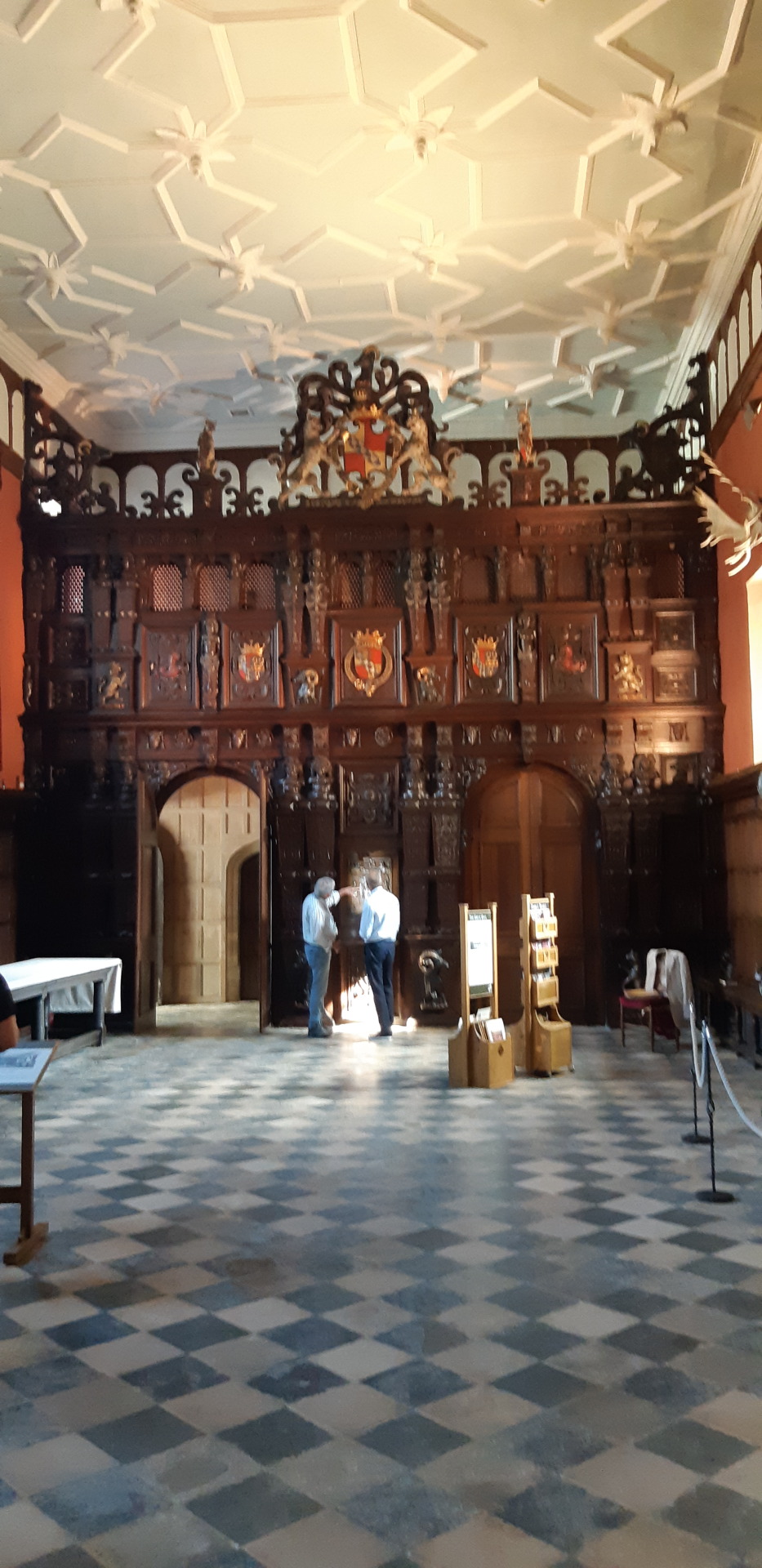
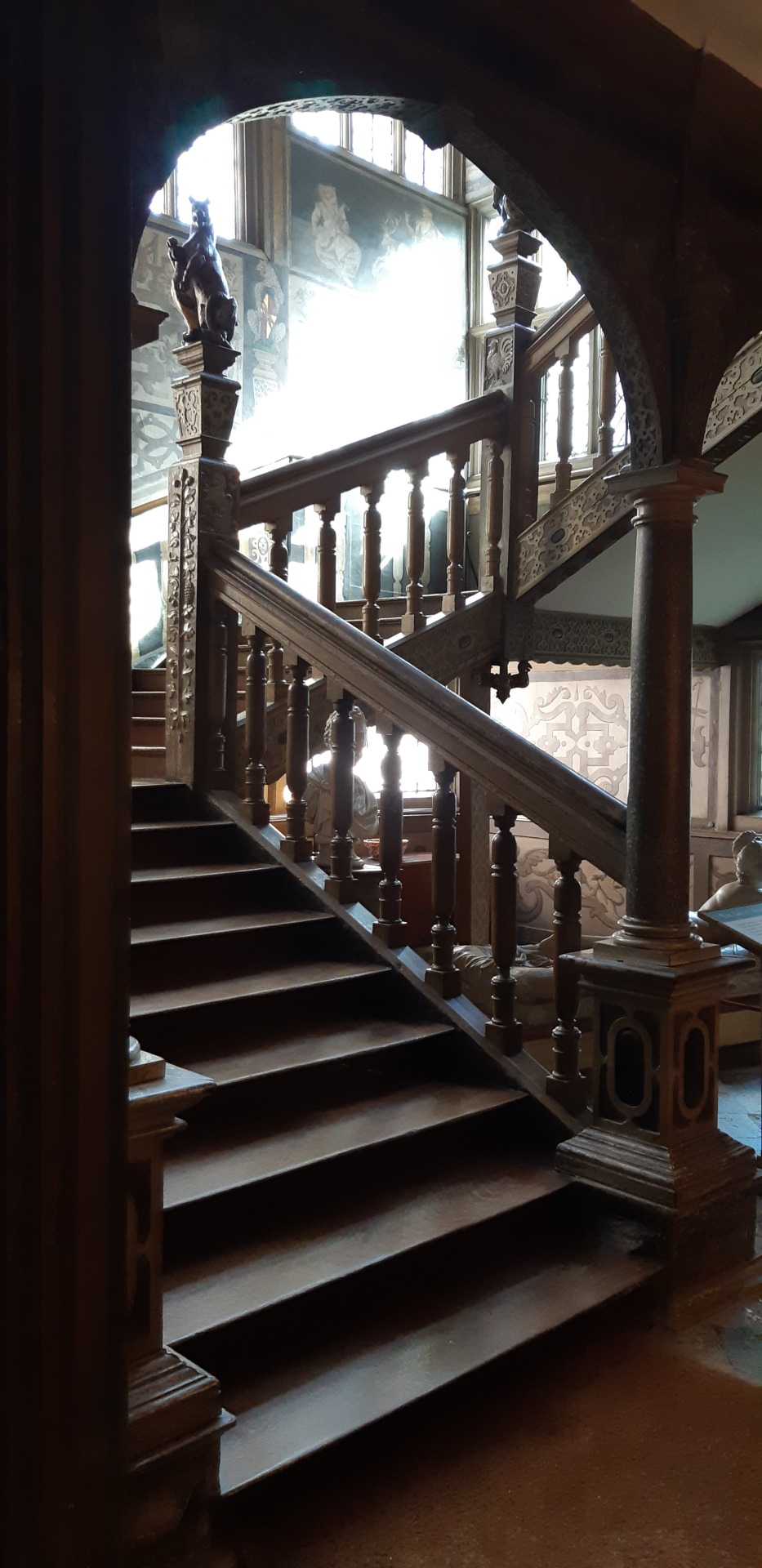
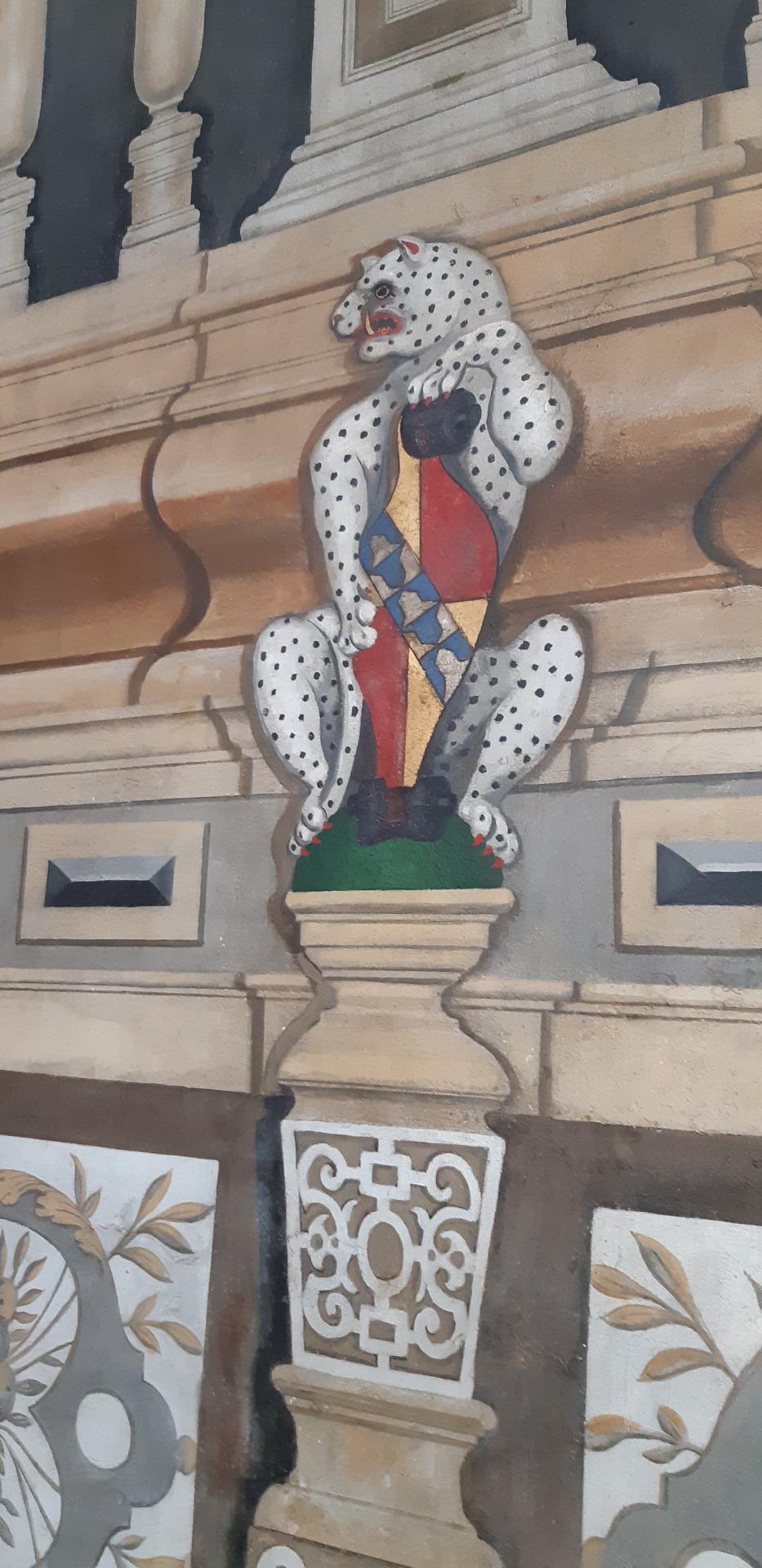
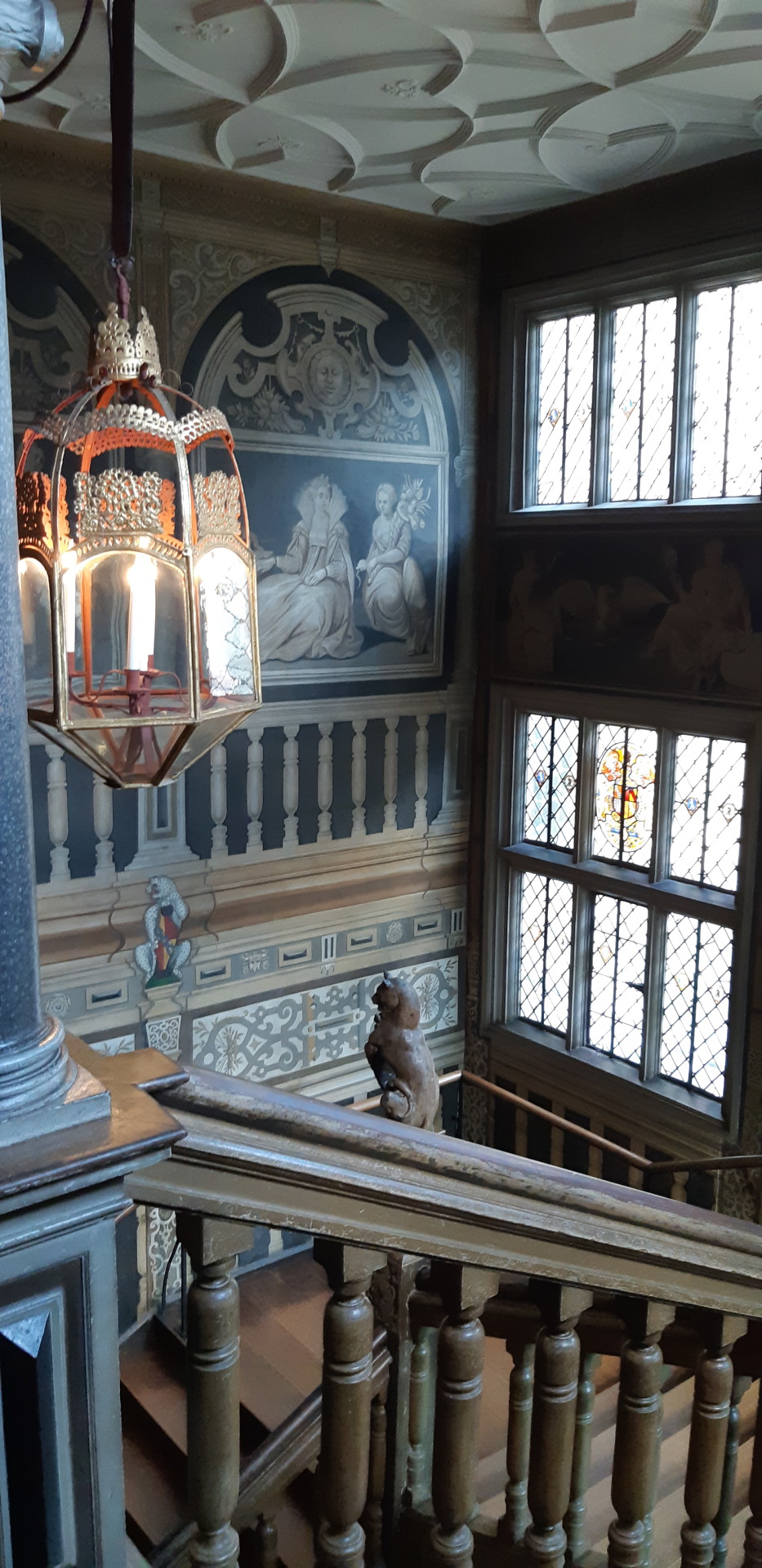

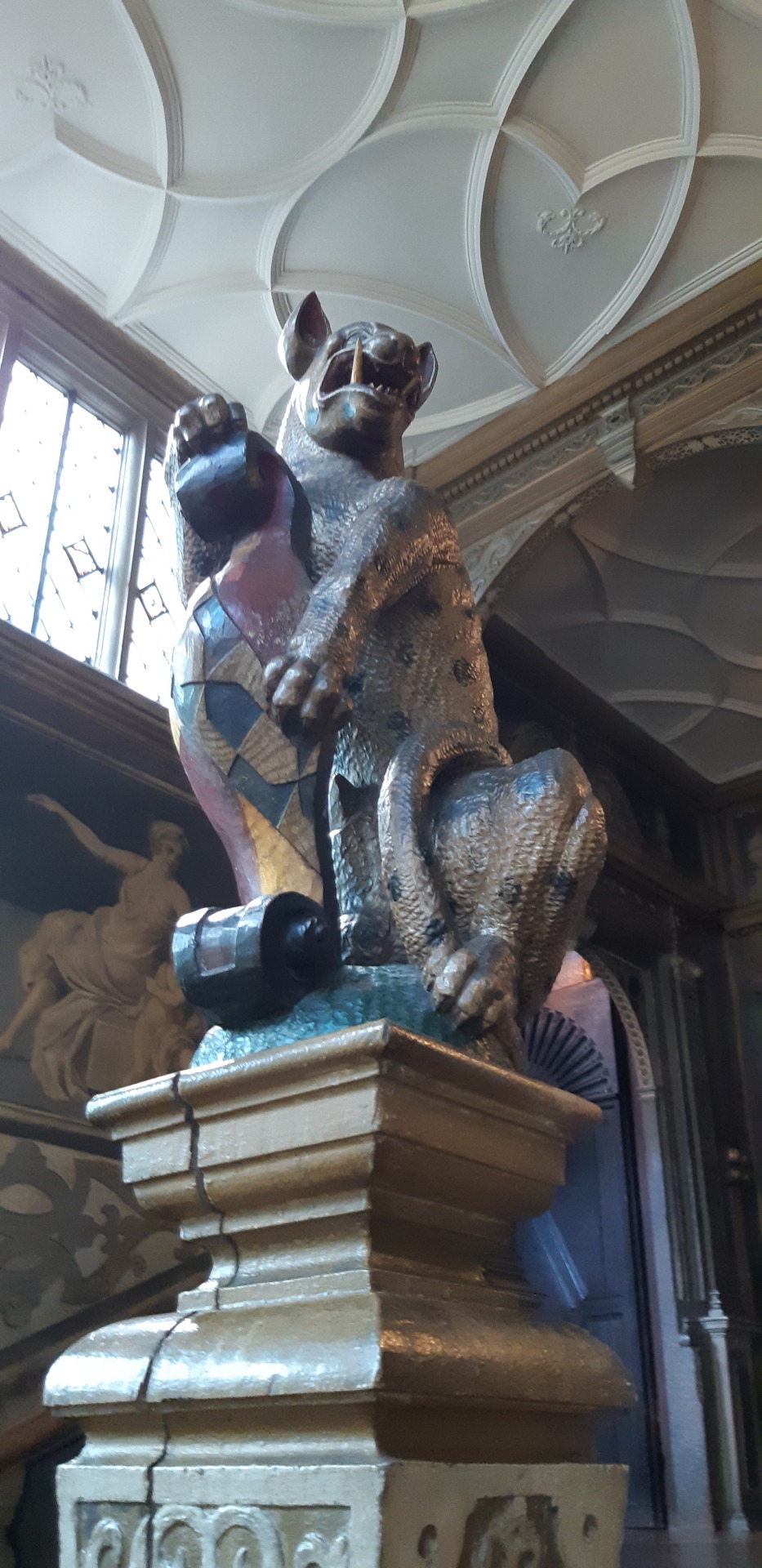
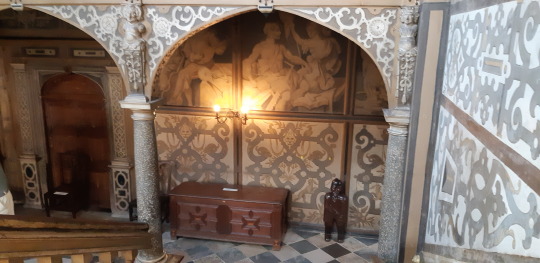

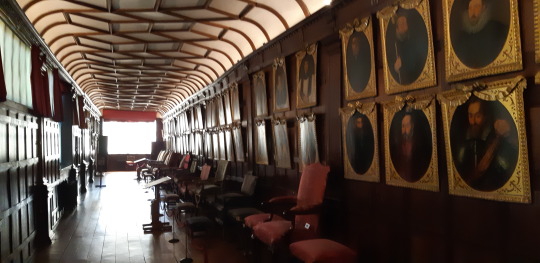
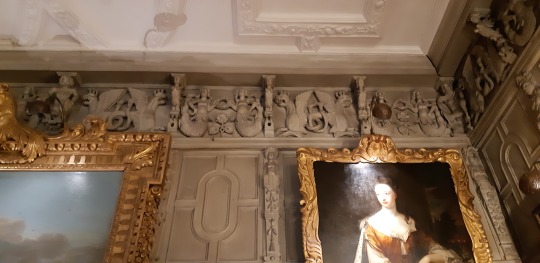
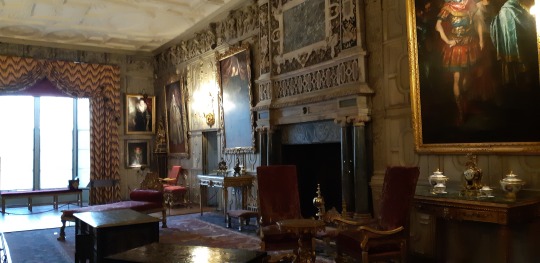

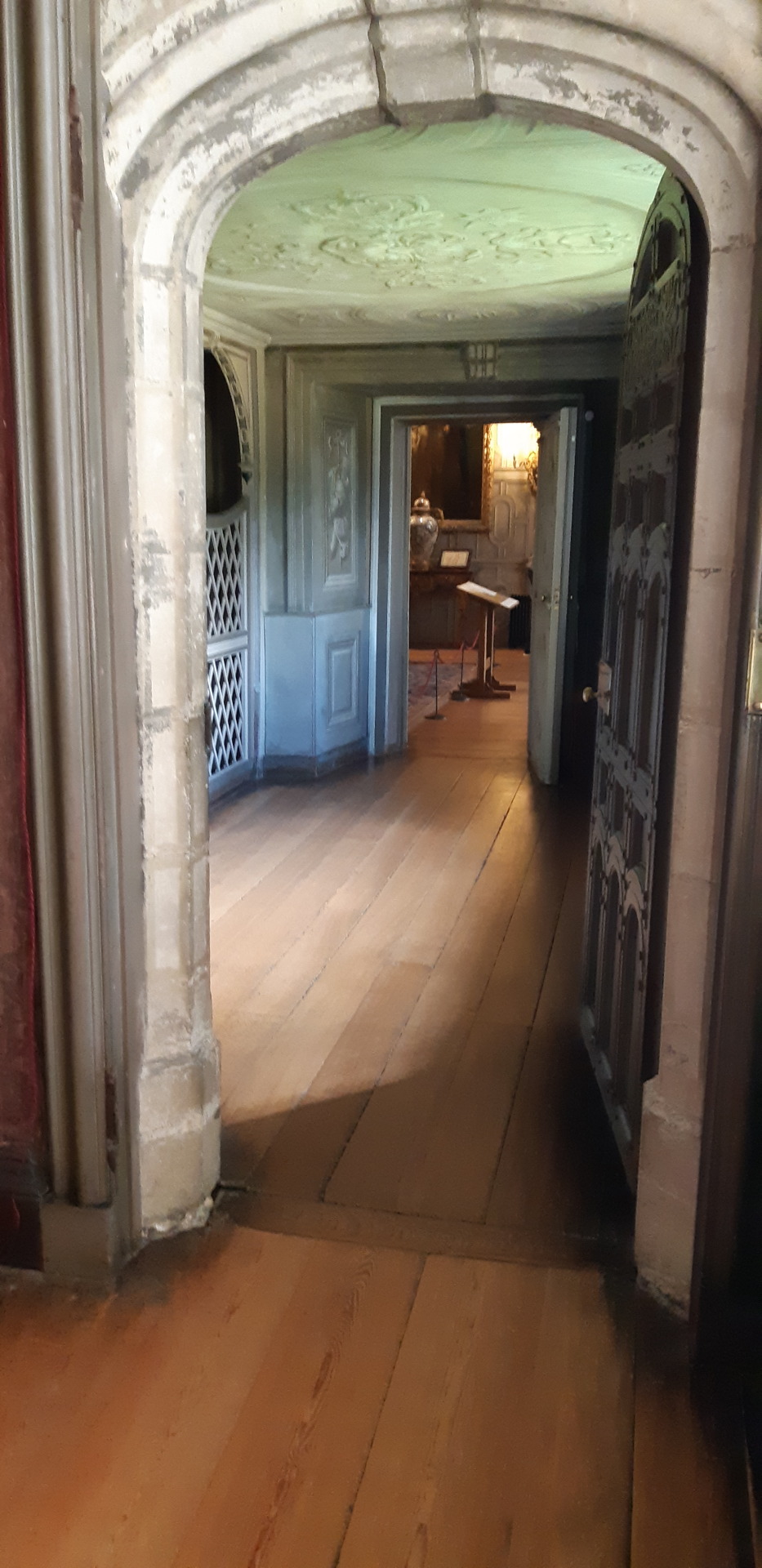
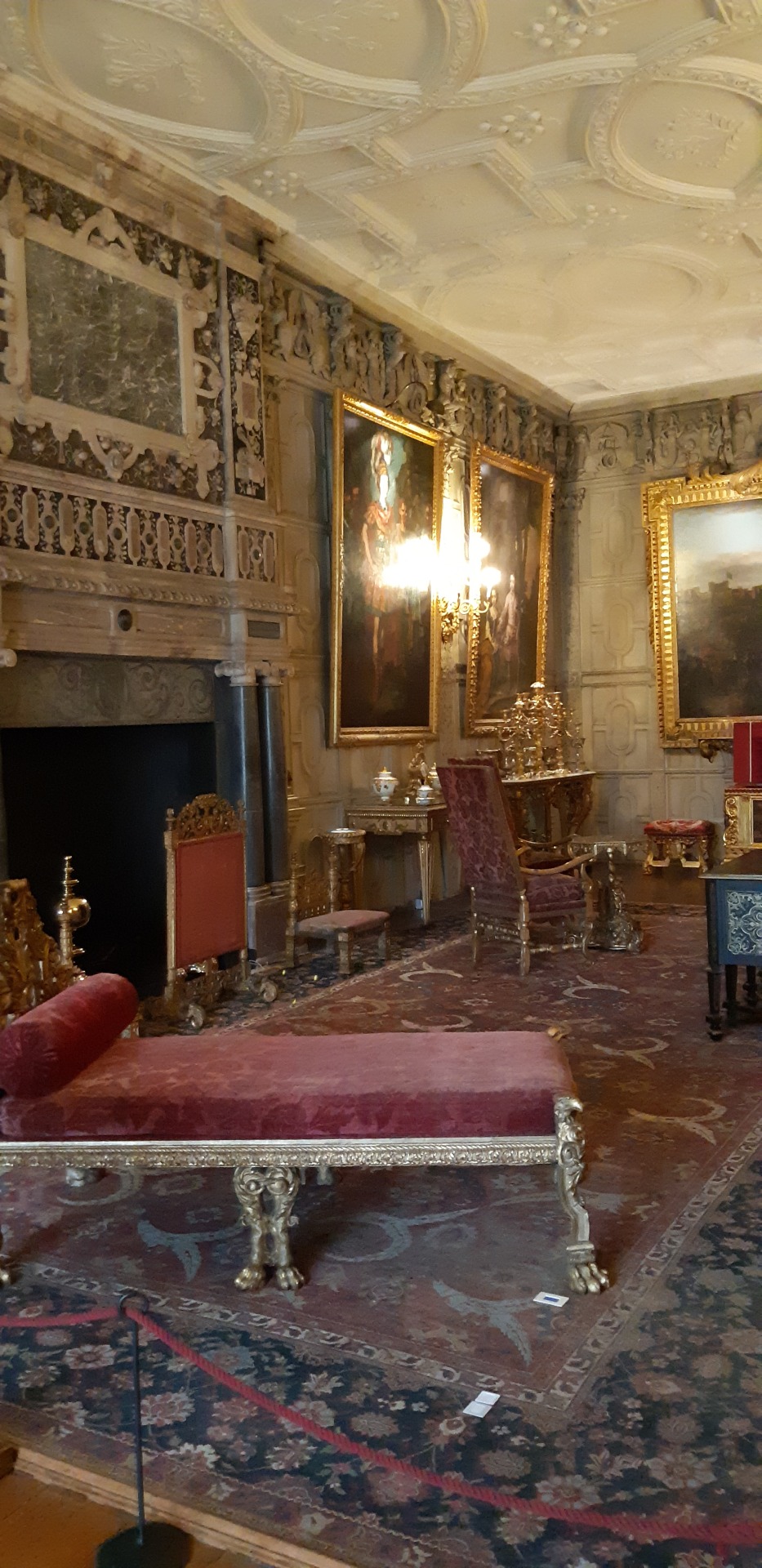
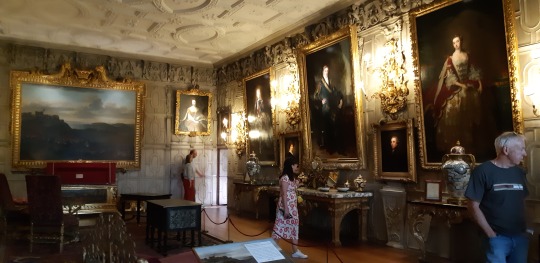
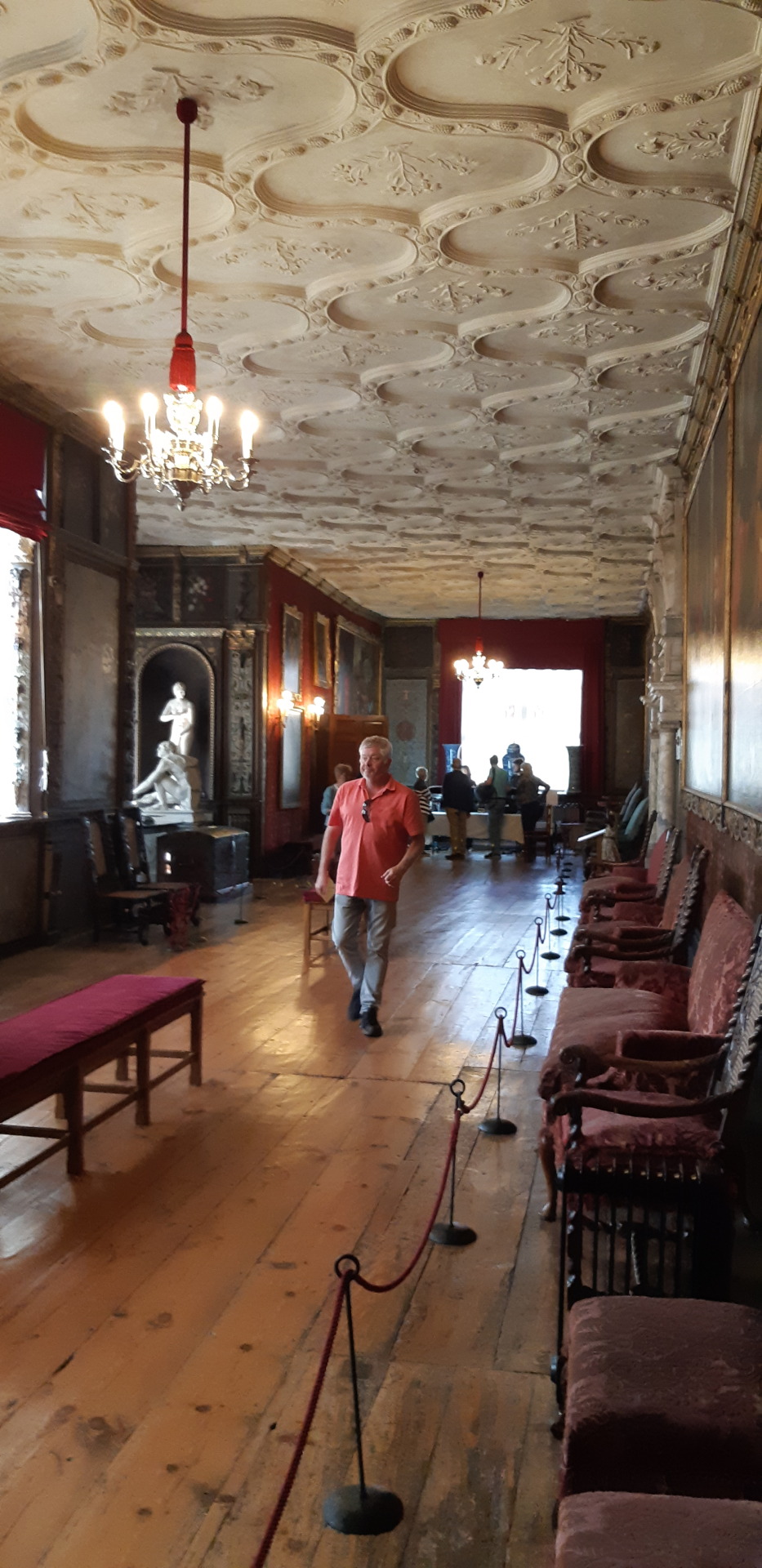
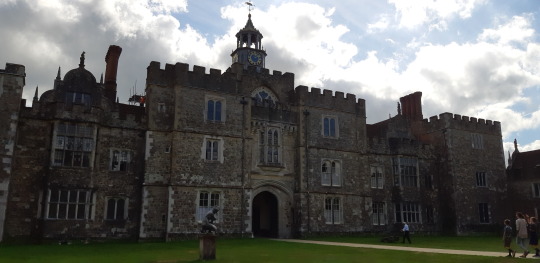
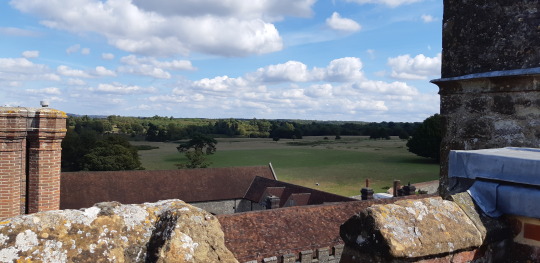
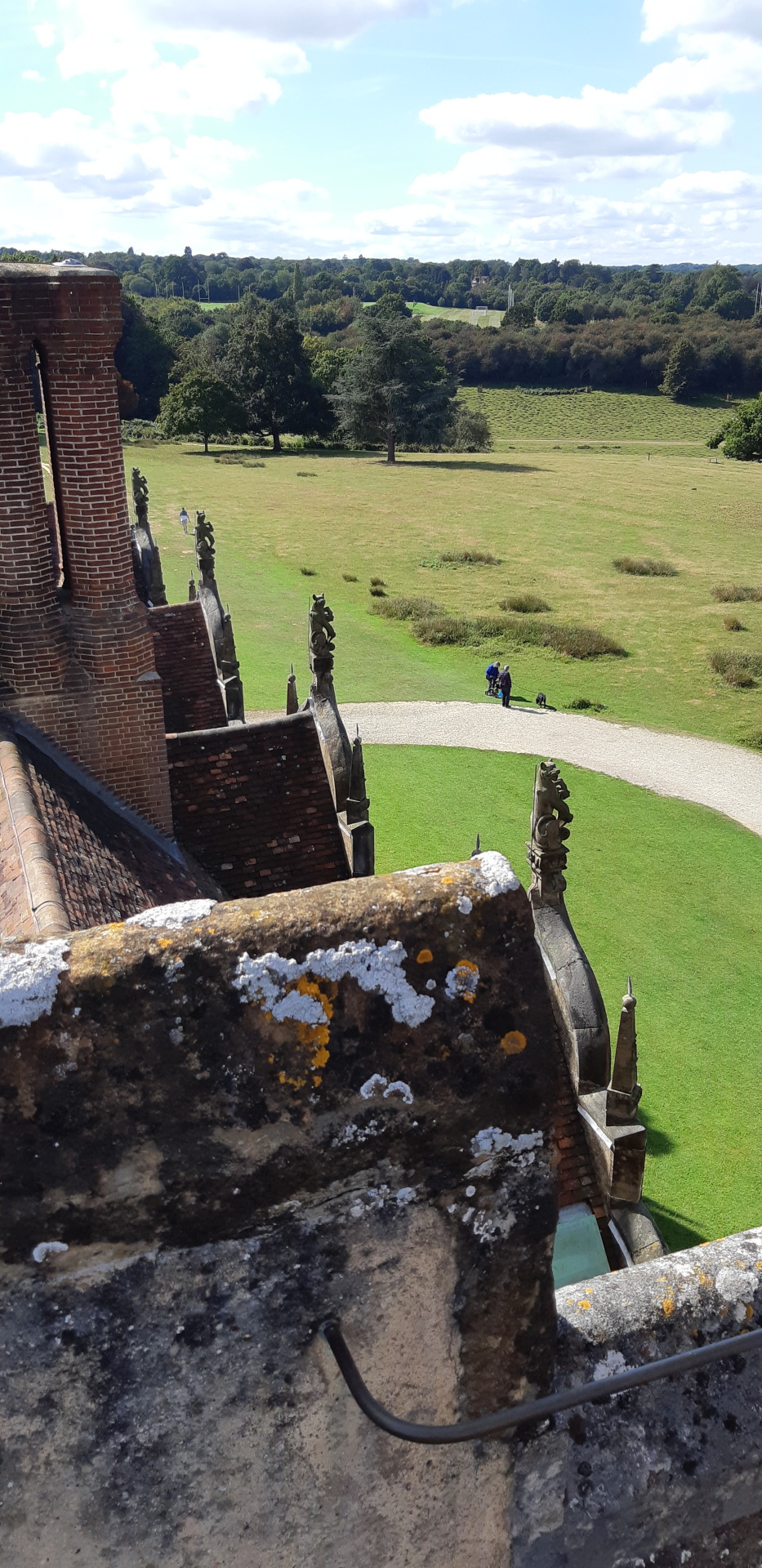
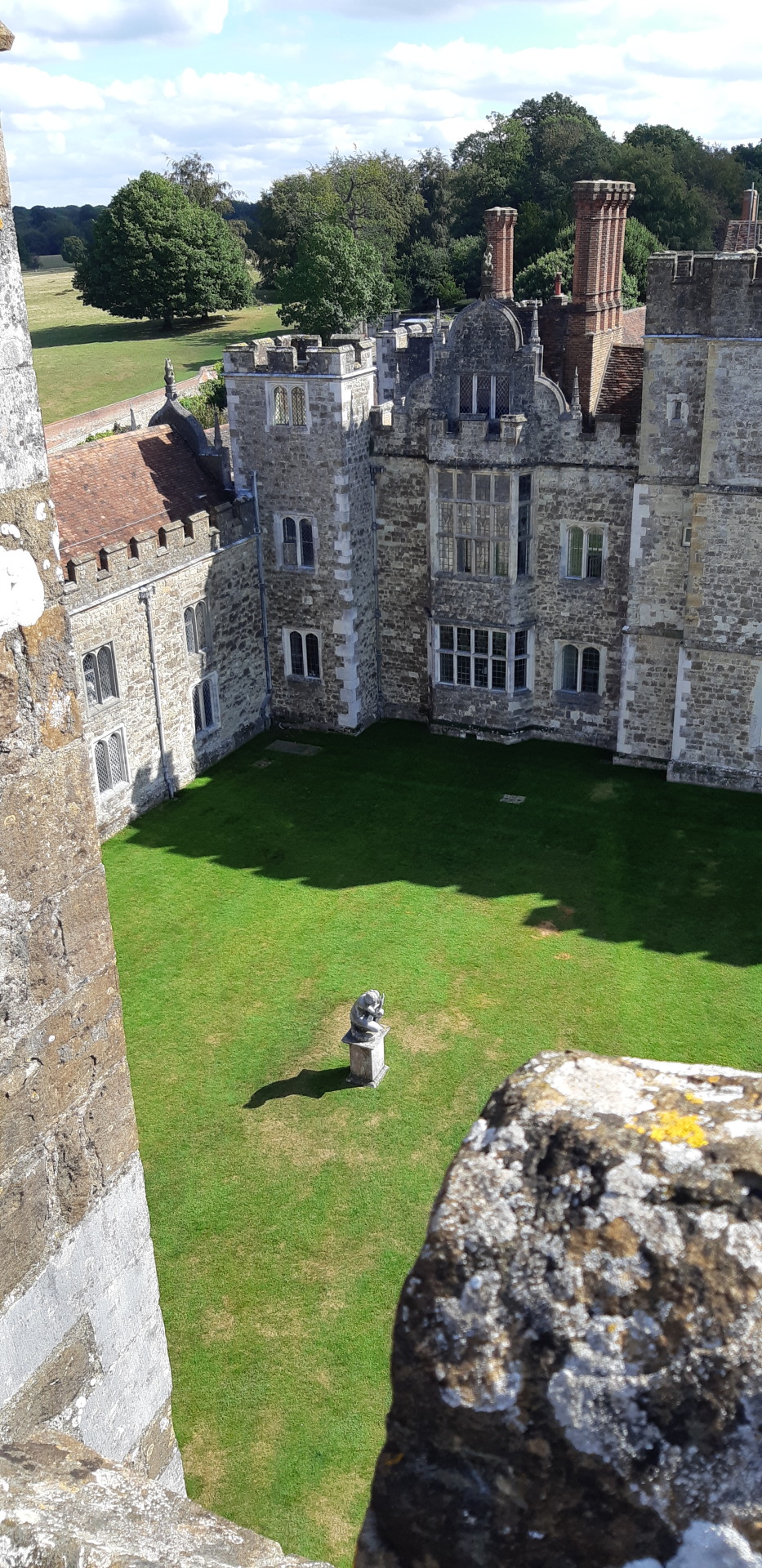

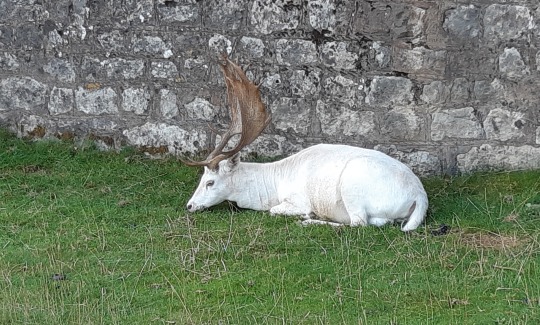

2 notes
·
View notes
Text
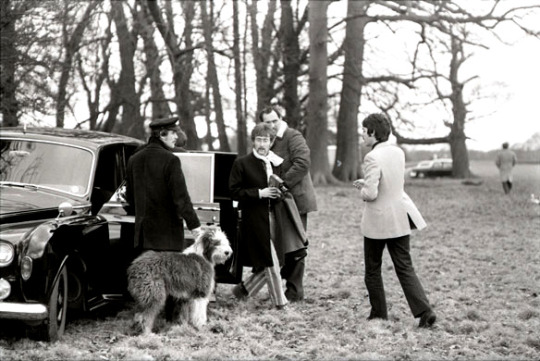
John, Paul, and Martha with their limo and chauffeur in Knole Park in Sevenoaks during the filming of the promo video for “Strawberry Fields Forever” (January 1967). Photographer: Jane Bown
#John Lennon#Paul McCartney#Martha my dear#(I think that might be Neil too)#(Anytime there’s a photo of John and Martha together it’s immediately a fav)#1967#The Beatles#Jane Bown
224 notes
·
View notes
Photo

Knole Park by Tom Lee
263 notes
·
View notes
Text
youtube
#kate lake photography#kate lake#slideshow#Portfolio slideshow#Kate lake countryside portfolio#photography slideshow#Haysden Lake#Haysden Country Park#Chiddingstone#Penshurst Place#Knole Park#bluebells#helford creek#helford#The Lizard#Kynance Cove#Kingswood#Challock#Whitstable beach#Leybourne Lakes#kent landscape#Kent photography#Youtube
1 note
·
View note
Text

Godden Green, Kent - 1955.
Godden Green is a small hamlet on the edge of Knole Park, about one mile east of Sevenoaks, Kent.
The Buck's Head public house has had it's ups and downs over the last thirty years, but has now returned to being a traditional English pub serving some interesting real ales. The menu is good too... mainly using locally sourced food. The Ightham steaks may be a little pricey, but are well worth it... with the beef coming from a farm a little over two miles away.
11 notes
·
View notes
Text






On January 30 -31, 1967, The Beatles gather to film a promo for their new single, "Strawberry Fields Forever" Knole Park, London🌷🎍🥀🍀
Vintage Kodak/Ektachrome slides🍁🌹🌵
Via @thevincentvigilcollection🪴🌿🌼
10 notes
·
View notes
Text

KNOLE PARK, EDWARD BAWDEN (1903-1989), c 1931.
Linocut in colours, 29¼ x 21¾in. (74.30 x 55¼cm).
31 notes
·
View notes
Photo

Knole Park by V Photography and Art
9 notes
·
View notes
Photo
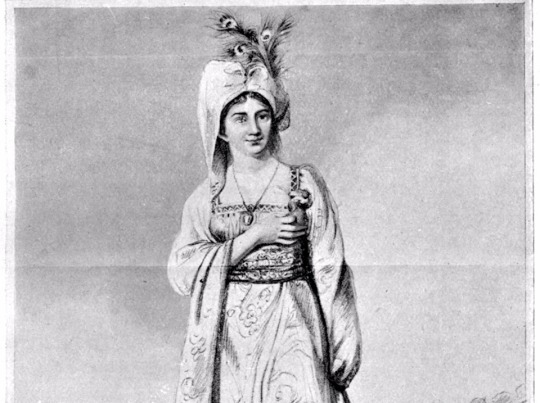
The Princess Caraboo Hoax
On 3 April 1817, a cobbler in Almondsbury in Gloucestershire, England, met an apparently disoriented young woman wearing exotic clothes who was speaking an incomprehensible language. The cobbler's wife took this stranger to the Overseer of the Poor, who placed her in the hands of the local county magistrate, Samuel Worrall, who lived in Knole Park on the estate where Tower House is located. Worrall and his American-born wife Elizabeth could not understand her either; what they did determine was that she called herself Caraboo and that she was interested in Chinese imagery. They sent her to the local inn, where she identified a drawing of a pineapple with the word 'nanas', meaning pineapple in Indonesian languages, and insisted on sleeping on the floor. Samuel Worrall declared she was a beggar and should be taken to Bristol and tried for vagrancy.
During her imprisonment, a Portuguese sailor named Manuel Eynesso (or Enes) said he spoke her language and translated her story. According to Enes, she was Princess Caraboo from the island of Javasu in the Indian Ocean. She had been captured by pirates and after a long voyage she had jumped overboard in the Bristol Channel and swum ashore. The Worralls took Caraboo to their home. For ten weeks, this representative of exotic royalty was a favourite of the local dignitaries. She used a bow and arrow, fenced, swam naked and prayed to a god, whom she named Allah-Talla (a spelling variation of الله تعالى Allāh taʿālā, "Allah the Exalted," one of the formal names for God in Islam). She acquired exotic clothing and her portrait was painted and reproduced in local newspapers.
Her authenticity was attested to by a Dr. Wilkinson, who identified her language using Edmund Fry's Pantographia and stated that marks on the back of her head were the work of oriental surgeons. Newspapers published stories about Princess Caraboo's adventures bringing her national acclaim.
Eventually the truth surfaced. A boarding-house keeper, Mrs. Neale, recognised her from the picture in the Bristol Journal and informed her hosts. This would-be princess was in truth Mary Willcocks, a cobbler's daughter from Witheridge, Devon. She had been a servant girl around England but had found no place to stay. She invented her fictitious language from imaginary and Romani words and created an exotic character and story. The odd marks on her head were scars from a crude cupping operation in a poorhouse hospital in London. The British press made much of the hoax at the expense of the duped rustic middle-class. Mrs. Worrall took pity on her and arranged for her to travel to Philadelphia, for which she departed on 28 June 1817.
On 13 September 1817 a letter was printed in the Bristol Journal, allegedly from Sir Hudson Lowe, the official in charge of the exiled Emperor Napoleon on St. Helena. It claimed that after the Philadelphia-bound ship bearing the beautiful Caraboo had been driven close to the island by a tempest, the intrepid princess impulsively cut herself adrift in a small boat, rowed ashore and so fascinated the emperor that he was applying to the Pope for a dispensation to marry her. That story is unverified.
In the USA, she briefly continued her role, appearing on-stage at the Washington Hall, Philadelphia, as 'Princess Caraboo', with little success. Her last contact with the Worralls was in a letter from New York in November 1817, in which she complained of her notoriety. She appears to have returned to Philadelphia until she left America in 1824, returning to England. In 1824 she returned to Britain and exhibited herself for a short time in New Bond Street, London, as Princess Caraboo but her act was not successful. She may have briefly travelled to France and Spain in her guise, but soon returned to England.
28 notes
·
View notes



